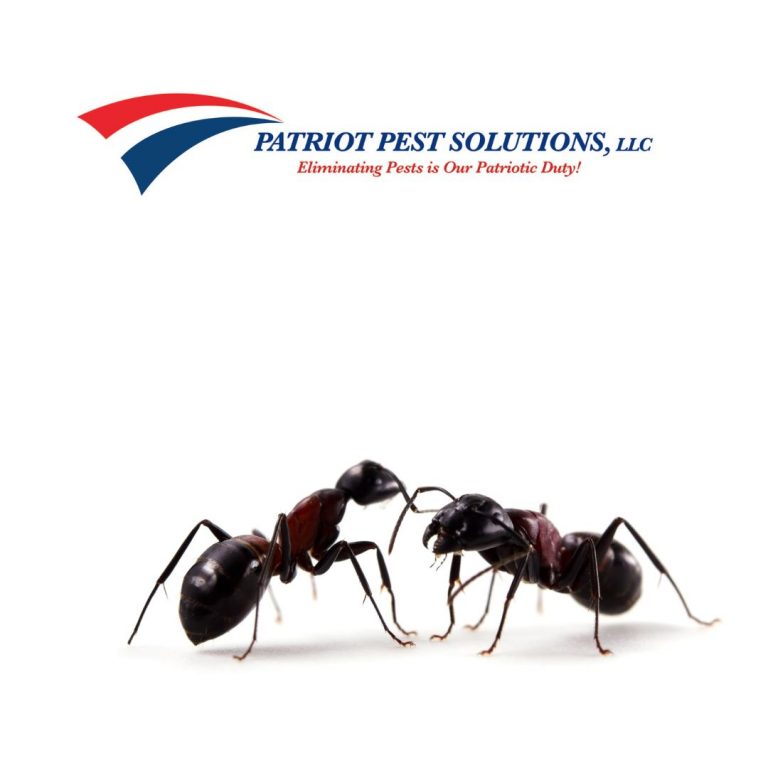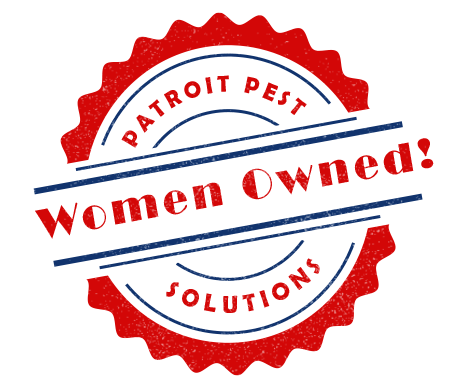Carpenter ants are fascinating creatures with unique biological traits and behaviors. These ants, belonging to the genus Camponotus, are known for their ability to excavate wood to create nests. This article will explore the biology of carpenter ants, including their physical characteristics, lifecycle, habitat, and diet.
Physical Characteristics
Carpenter ants are relatively large ants, with workers ranging from 1/4 to 1/2 inch in length. They can be identified by their:
- Color: Typically black, but some species exhibit red, yellow, or a combination of colors.
- Body Structure: Divided into three distinct segments – head, thorax, and abdomen – with a narrow waist in between. They have a smooth, rounded thorax, unlike the uneven thorax seen in other ants.
- Antennae: Bent or “elbowed” antennae which are used for sensing their environment.
- Mandibles: Strong, adapted for chewing wood and defending their colony.
Lifecycle
The lifecycle of carpenter ants consists of four main stages:
- Egg: Laid by the queen, these tiny, white eggs hatch into larvae.
- Larvae: Legless and grub-like, larvae are fed by worker ants until they pupate.
- Pupae: Enclosed in silk cocoons, pupae undergo metamorphosis to become adult ants.
- Adults: Emerging as workers, soldiers, or reproductive ants (queens and males). Workers maintain the nest and care for the young, soldiers protect the colony, and reproductive ants establish new colonies.
Habitat
Carpenter ants prefer moist, decaying wood for nesting, making forests, tree stumps, and logs ideal habitats. However, they can also infest homes, particularly areas with water damage, such as walls, ceilings, and floors. Unlike termites, carpenter ants do not consume wood but excavate it to create tunnels and galleries for their nests.
Diet
Carpenter ants have a diverse diet that includes:
- Insects: Both live and dead insects serve as a primary food source.
- Honeydew: A sweet substance secreted by aphids and other plant-sucking insects.
- Fruits: They are attracted to sweet, sugary fruits.
- Household Foods: In human dwellings, they may feed on meats, sweets, and other pantry items.
Communication and Social Structure
Carpenter ants, like all ants, exhibit complex social behaviors:
- Pheromones: Chemicals used for communication. They lay pheromone trails to guide other ants to food sources or alert them to danger.
- Division of Labor: Tasks are divided among workers, soldiers, and reproductive ants based on their roles within the colony.
- Hierarchy: The queen is the central figure in the colony, responsible for laying eggs, while workers and soldiers maintain and defend the nest.
Understanding the biology of carpenter ants provides valuable insights into their behavior and habitat preferences. If you suspect a carpenter ant infestation in your home, identifying these characteristics can help in seeking appropriate pest control measures. Stay informed and proactive to protect your home from these industrious invaders.




